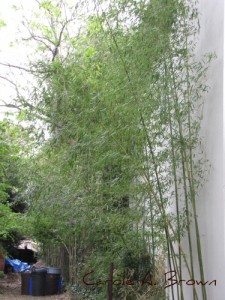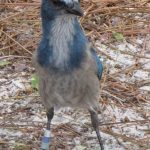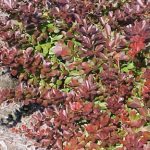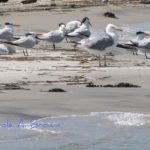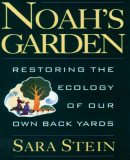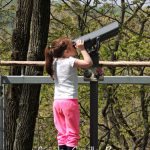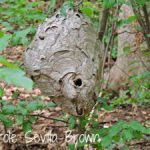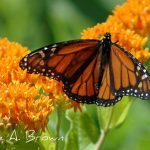Ecosystem Gardening is a way of healing the wounds to wildlife caused by human activity in the environment. Instead of destroying habitat we are creating welcome habitat for wildlife in our gardens.
Dave Foreman in Rewilding North America: A Vision for Conservation in the 21st Century eloquently describes six “wounds” that the human population is inflicting on ecosystems which are contributing to the decline of species.
This is part 4 of my series on healing these wounds, and today we’ll be talking about the wound of exotic species.
When an invasive species is introduced into a natural wildlife habitat, it can have significant and negative impacts on the ecosystem. Invasive species are plants, animals, or other organisms that are not native to an area and that often thrive and spread in their new environment, often at the expense of native species.
When an invasive species is introduced into a wildlife habitat, it can outcompete native species for food, light, and other resources, leading to declines in populations of native species. This can have a ripple effect throughout the food chain, as predators and other animals that rely on the native species for food may decline as well.
In some cases, invasive species can also alter the physical structure of the ecosystem, such as through the rapid growth of dense thickets that shade out native plants and disrupt the flow of water. This can result in changes to the local microclimate and the loss of important habitats for native wildlife.
In addition, invasive species can also introduce diseases or parasites that can harm native species, further exacerbating their decline.
Overall, the introduction of invasive species into a wildlife habitat can have devastating effects on the ecosystem, leading to declines in biodiversity, changes in the composition of species, and alterations to the functioning of the ecosystem. It is important to be mindful of the potential impacts of introducing non-native species and to work to prevent the spread of invasive species to protect our natural wildlife habitats.
Invasive and exotic species by human introduction are fast destroying wildlife habitat across the country. One need only visit the Florida Everglades to see this in action. Burmese Pythons, Melaleuca, Old World Climbing Fern, Brazilian Pepper, Apple Snails, Walking Catfish, and so many more invasive species are destroying habitat used by birds and so many other species of wildlife.
More From Ecosystem Gardening:
Submit your review | |

